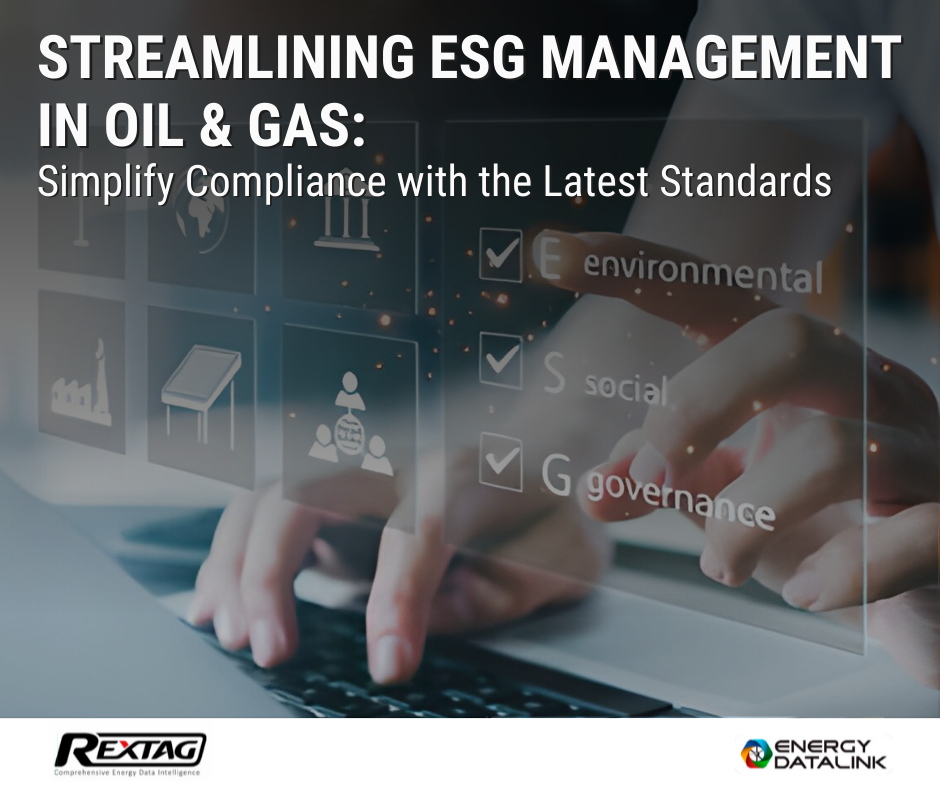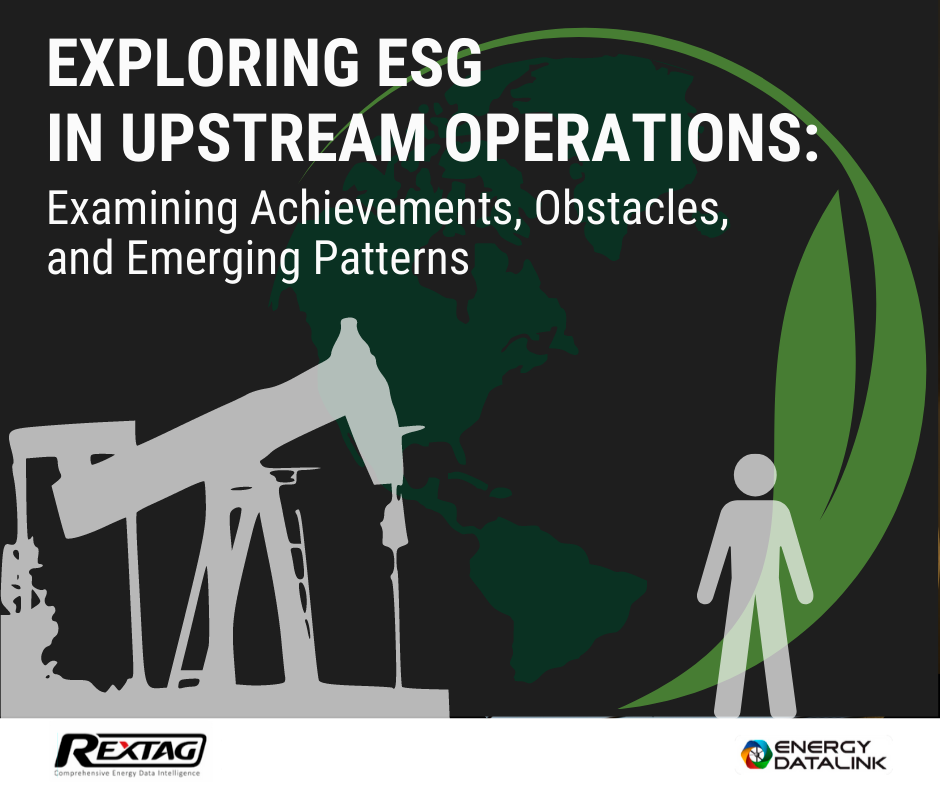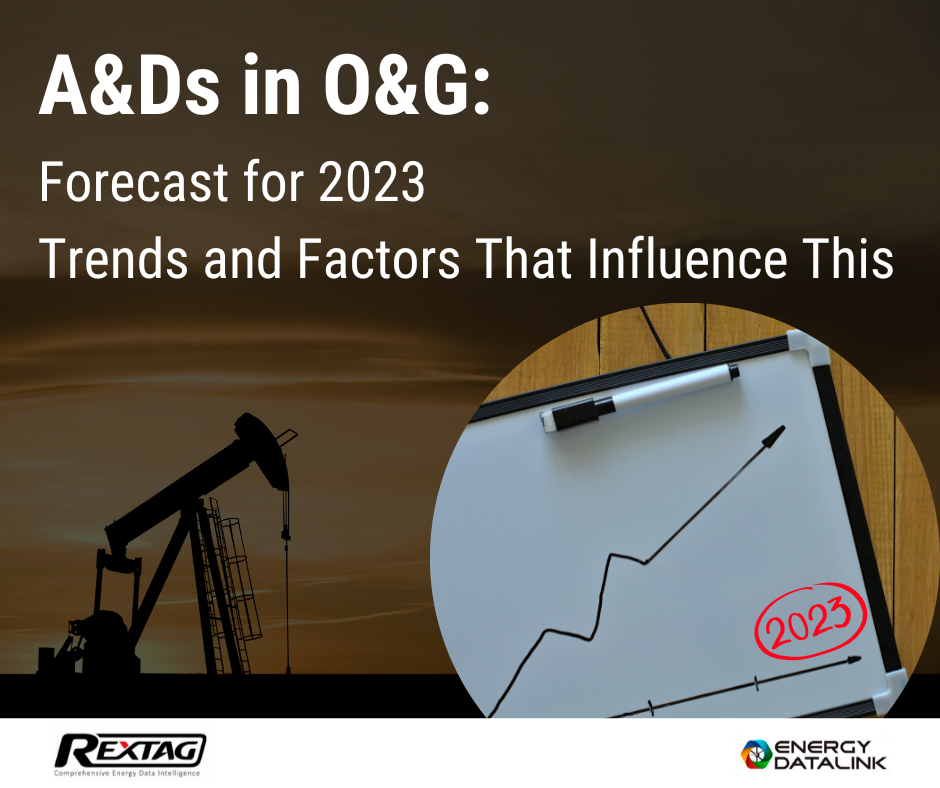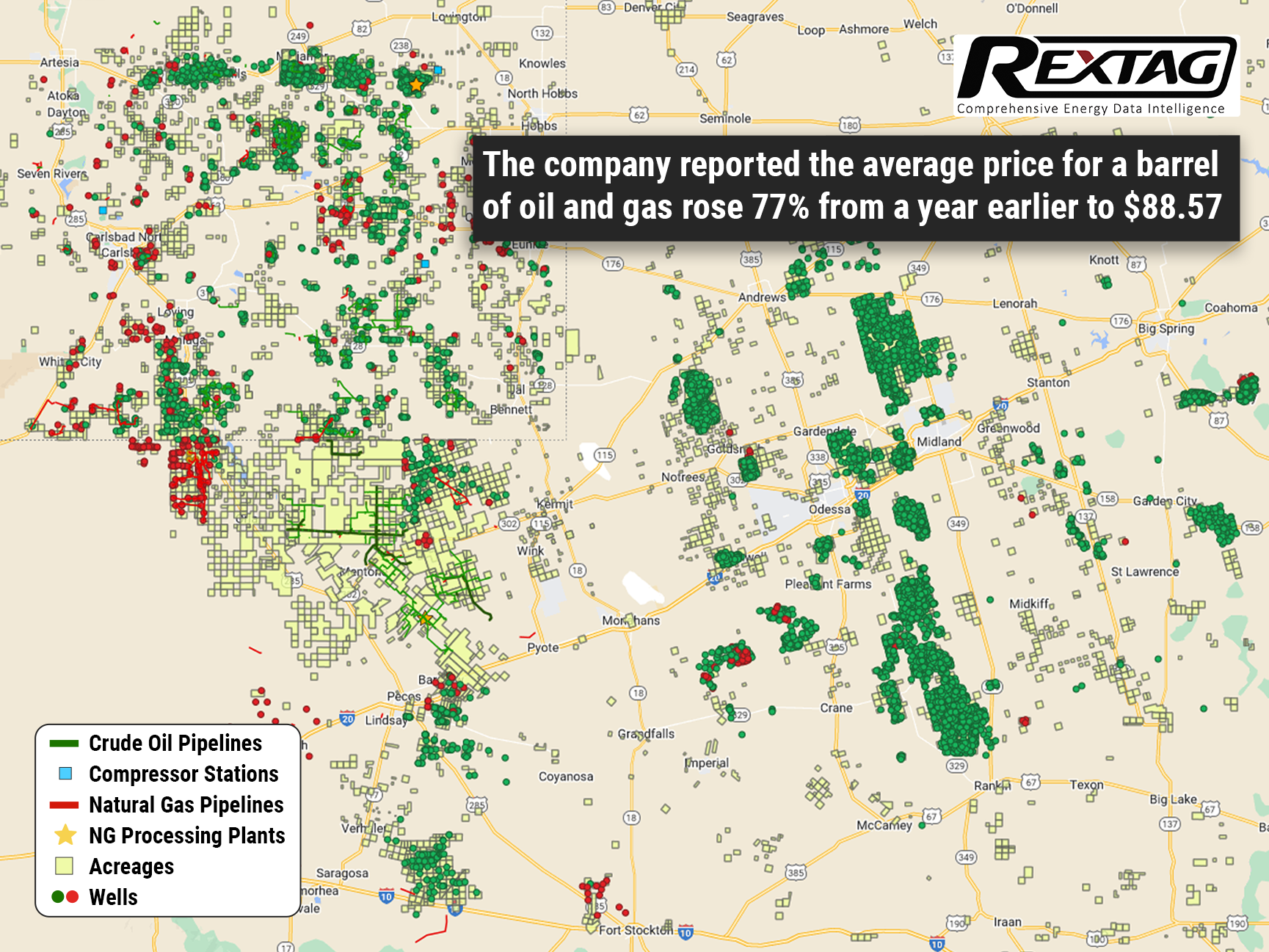Blog
Since days when shale oil and gas technologies were discovered, the U.S. energy industry has been evolving more rapidly than ever before. Many changes are amazing especially when you put them on an industry map. At Rextag not only do we keep you aware of major projects such as pipelines or LNG terminals placed in service. Even less significant news are still important to us, be it new wells drilled or processing plants put to regular maintenance.
Daily improvements often come unnoticed but you can still follow these together with us. Our main input is to “clip it” to the related map: map of crude oil refineries or that of natural gas compressor stations. Where do you get and follow your important industry news? Maybe you are subscribed to your favorite social media feeds or industry journals. Whatever your choice is, you are looking for the story. What happened? Who made it happen? WHY does this matter? (Remember, it is all about ‘What’s in It For Me’ (WIIFM) principle).
How Rextag blog helps? Here we are concerned with looking at things both CLOSELY and FROM A DISTANCE.
"Looking closely" means reflecting where exactly the object is located.
"From a distance" means helping you see a broader picture.
New power plant added in North-East? See exactly what kind of transmission lines approach it and where do they go. Are there other power plants around? GIS data do not come as a mere dot on a map. We collect so many additional data attributes: operator and owner records, physical parameters and production data. Sometimes you will be lucky to grab some specific area maps we share on our blog. Often, there is data behind it as well. Who are top midstream operators in Permian this year? What mileage falls to the share or Kinder Morgan in the San-Juan basin? Do you know? Do you want to know?
All right, then let us see WHERE things happen. Read this blog, capture the energy infrastructure mapped and stay aware with Rextag data!
Streamlining ESG Management in Oil & Gas: Simplify Compliance with the Latest Standards
To effectively manage ESG issues in O&G companies, a comprehensive approach is required, addressing multiple managerial issues. First, ESG considerations must be integrated into the corporate strategy, setting goals that align with business objectives, reflected in budgeting, capital allocation, and risk management. Accurate and efficient collection, management, and reporting of ESG data is necessary for identifying relevant metrics and indicators, such as greenhouse gas emissions, water consumption, and social impact indicators.
Exploring ESG in Upstream Operations: Examining Achievements, Obstacles, and Emerging Patterns
ESG considerations are becoming increasingly essential for companies operating in the upstream sector. Failure to address ESG concerns may result in financial and reputational risks, given the growing focus from investors, regulators, and other stakeholders. Companies must prioritize ESG performance and engage with stakeholders to address concerns and mitigate risks. By doing so, they can improve their reputation, attract investment, and contribute to a more sustainable future
A&Ds in O&G forecast for 2023, trends and factors that influence this
“Our view is in 2023 M&A picks up. There was some this 2022 year, but again, it was such a funky, weird macro world. We expect fewer surprises in 2023.” — Dan Pickering, Pickering Energy Partners. Modern companies in the world operate in a rapidly changing external environment, so the process of reorganization is one of the basic tools for solving the problem of adapting companies to new conditions. Recently, the number of Acquisitions and Divestitures in the oil and gas industry has been growing rapidly, i.e. it can be said that the market for these deals is dynamically developing.
Blockchain as a technology for smart contracts in O&G
The oil and gas industry has long relied on the recommendations of trusted experts to make key supply chain decisions. The growing popularity of Blockchain technology could significantly disrupt these relationships by providing an unbiased methodology for sourcing, tracking, and executing transactions on behalf of customers with transparent data sets across supply chain endpoints. Blockchain technology has already been used by many global companies in the last two years in various areas such as IoT (Internet of Things), smart contracts, and cryptocurrencies. It has enabled businesses to benefit from the inherent trust and transparency of the technology.
$5 Billion Returns for ConocoPhillips’ Shareholders as Prices Grow
Shareholder’s payout target was increased by 50% after the largest U.S. independent oil producer surpassed Wall Street’s earnings estimates on growing energy prices, said Houston-based Conoco Phillips Co. on Aug. 4. Due to Western sanctions on major producer Russia throttling energy supply amid a rebound in demand from pandemic lows, oil and gas #prices have soared. Crude has been trading more than 25% higher since the start of the year and results also benefited from high natural gas prices. Meanwhile, shares were down a fraction, to $91.03, in early trading but are up about 26% year to date. Conoco Phillips stated, that the average price obtained for a barrel of oil and gas accelerated 77% from a year earlier to $88.57. The company acknowledges that it has not hedged any of its oil and gas sales to make the most of higher market prices. The capacity of 1.69 million boe/d was in line with Wall Street estimates, however, the company expected the current quarter’s output would be between 1.71 million and 1.76 million boe/d.




